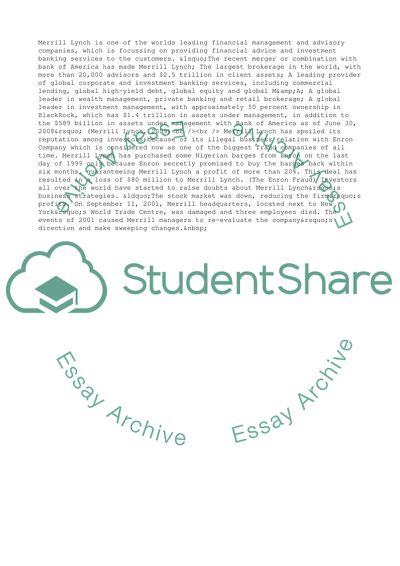Cite this document
(Organizational Behavior: Groups, Teams and Motivation Research Paper, n.d.)
Organizational Behavior: Groups, Teams and Motivation Research Paper. Retrieved from https://studentshare.org/management/1555270-organizational-behavior-groupsteams-and-motivation
Organizational Behavior: Groups, Teams and Motivation Research Paper. Retrieved from https://studentshare.org/management/1555270-organizational-behavior-groupsteams-and-motivation
(Organizational Behavior: Groups, Teams and Motivation Research Paper)
Organizational Behavior: Groups, Teams and Motivation Research Paper. https://studentshare.org/management/1555270-organizational-behavior-groupsteams-and-motivation.
Organizational Behavior: Groups, Teams and Motivation Research Paper. https://studentshare.org/management/1555270-organizational-behavior-groupsteams-and-motivation.
“Organizational Behavior: Groups, Teams and Motivation Research Paper”, n.d. https://studentshare.org/management/1555270-organizational-behavior-groupsteams-and-motivation.


